EcoFlow River 3 Review: Portability at a cost
We may earn a commission if you make a purchase from the links on this page.

Released several months ago, the EcoFlow River 3 aims to be an ideal backup home power companion for users who don't need much. While quite compact, the unit's small capacity of 245Wh and 300W output power puts it at a clear disadvantage compared to its sibling, the River 3 Plus. Given its limited functionality, this device is essentially a large power bank rather than a true portable power station, making its $239 asking price seem not fully justified.
So, what’s your best alternative then? The EcoFlow Delta 2 (our full review here) might be a better fit, and we're currently testing the River 3 Plus, so stay tuned for that review as well.
Back to the River 3, though. We've been testing it for a week, and here is our deep dive.
Design, size, first impressions
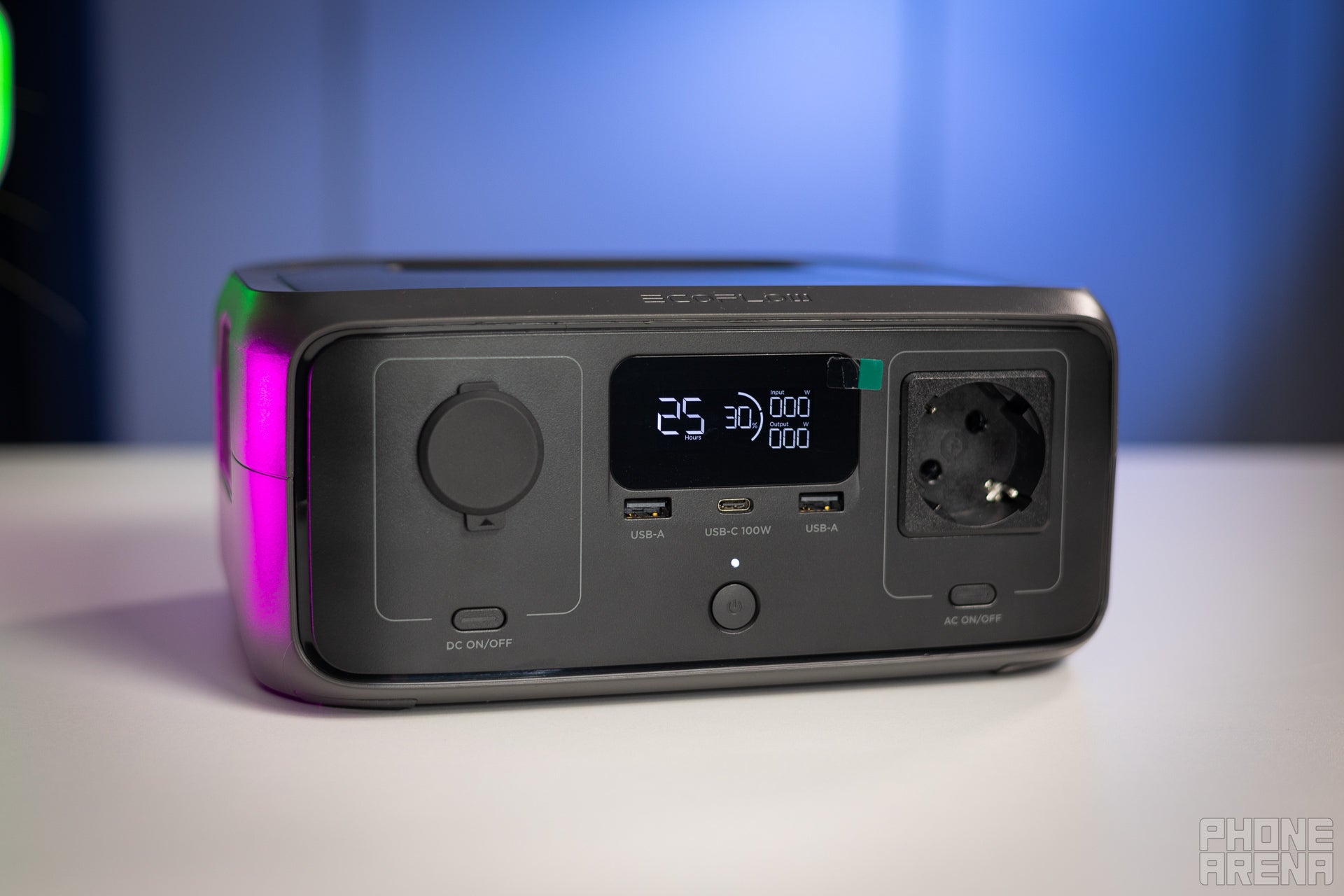
Smaller isn't necessarily better; Image credit — PhoneArena
Upon first glance, the River 3 is quite small. That's certainly not a drawback, and EcoFlow advertises it as 30% smaller than most options with a similar capacity.
Indeed, having reviewed the similarly sized Bluetti EB3A, we can confirm the EcoFlow option is significantly more compact. Not only that, but it looks more stylish as well. It weighs only 7.8 lbs and measures 10 inches in length, 8.3 inches in width, and 4.4 inches in height. Now, that's small by any standards!
While the manufacturer certainly nailed the design and size, we weren't very pleased with its surface material. We don’t mind the plastic, which is commonly used for power stations, but, the River 3 collects fingerprints like nobody's business, especially at the top.
Following the latest standards, the unit packs LiFePO4 battery cells, providing about 3,000 charging cycles. This means you can charge and discharge it 3,000 times before it drops to 80% of its original capacity.
The unit has a bright LCD display on its front side, where you can also find all available outlets. Those are:
- A single Cigarette Lighter port (12.6V, 10A, 126W max)
- A single AC outlet (the US version has two) (300W output, up to 600W surge power with X-Boost)
- 2 x USB-A ports (5V, 12W max per port)
- A single USB-C PD outlet (100W max)
In other words, the European version of this unit (which we have for review) features five outlets, while the US version comes with six outlets.
Like the River 3 Plus, this unit houses ventilation grills on either end for cooling, with a smaller cooling fan on the right side where the three charging ports are located. Similarly to most stations, it supports charging via mains and vehicle power. The unit can be charged via solar power (up to 110W). Uniquely, it can also be charged with a gas generator (via its AC outlet) in about an hour—a feature not commonly found in portable power stations.
Real-life testing and app controls
Testing the EcoFlow River 3 left us wanting. While it performed admirably with tech and home appliances under 100W, it struggled to handle more demanding equipment.
We tested it with a 600W electric grill with enabled X-Boost, the technology that allows you to run appliances requiring more power than the station's regular output of 300W. To our surprise, the unit failed that test. The electric grill worked for less than two minutes, displaying an 'overload' message on its panel afterward.
For some users, 300W output power may be enough. However, once again, we feel compelled to recommend the River 3 Plus to those who want more power.
That said, we found that the River 3 can power:
- Laptops: 3 times
- Smartphones: 9~10 times
- Headphones: 20~25 times
- Smartwatches: ~35 times
- TVs: up to 8 hours
This super-small portable power station uses the EcoFlow app for hands-free controls, automation, updates, and more. We're already familiar with the app and confirm it's quite impressive compared to the apps by Anker and Bluetti.
As mentioned, you can set up scheduled tasks (automated features), charge and discharge limits, turn different ports on and off, etc.
Pricing, availability, alternatives
In Europe, the River 3 costs €249, while the price in the US is $239. You can purchase one from the official EcoFlow Store or Amazon, often at discounted prices.
This power station faces competition from several alternatives, including the Bluetti EB3A, which offers a slightly higher capacity of 268Wh and eight outlets (in the EU) but comes with a higher price tag.
The EcoFlow River 3 Plus is the better choice, in our view. It costs a bit more but has 286Wh capacity, 600W rated output power, and a 1200W surge capacity, expandable to an impressive 858Wh with the addition of an EB300 or EB600 extra battery. This makes it a much more versatile mid-range option.
It also supports faster solar charging up to 220W (more about its solar charging capabilities in our upcoming review).
Should you buy the River 3?
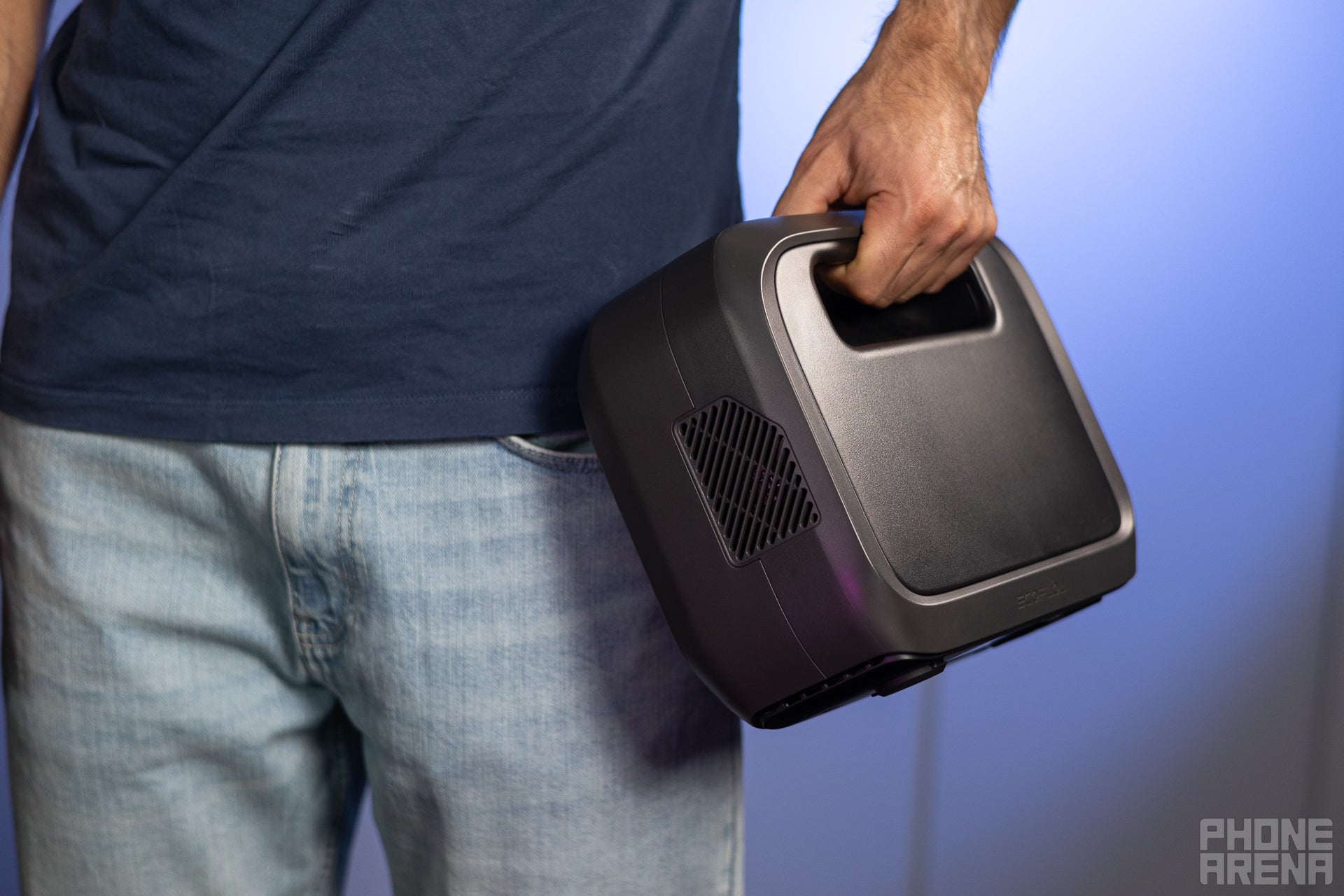
The River 3 is quite easy to carry around indeed; Image credit — PhoneArena
Frankly, the EcoFlow River 3 isn't the most compelling option on the market. While its compact size is appealing, its limited capacity and output power make it hard to recommend—especially when its sibling, the River 3 Plus, offers roughly twice the output power for just $60 more. If you have the choice, we'd suggest going for the River 3 Plus.
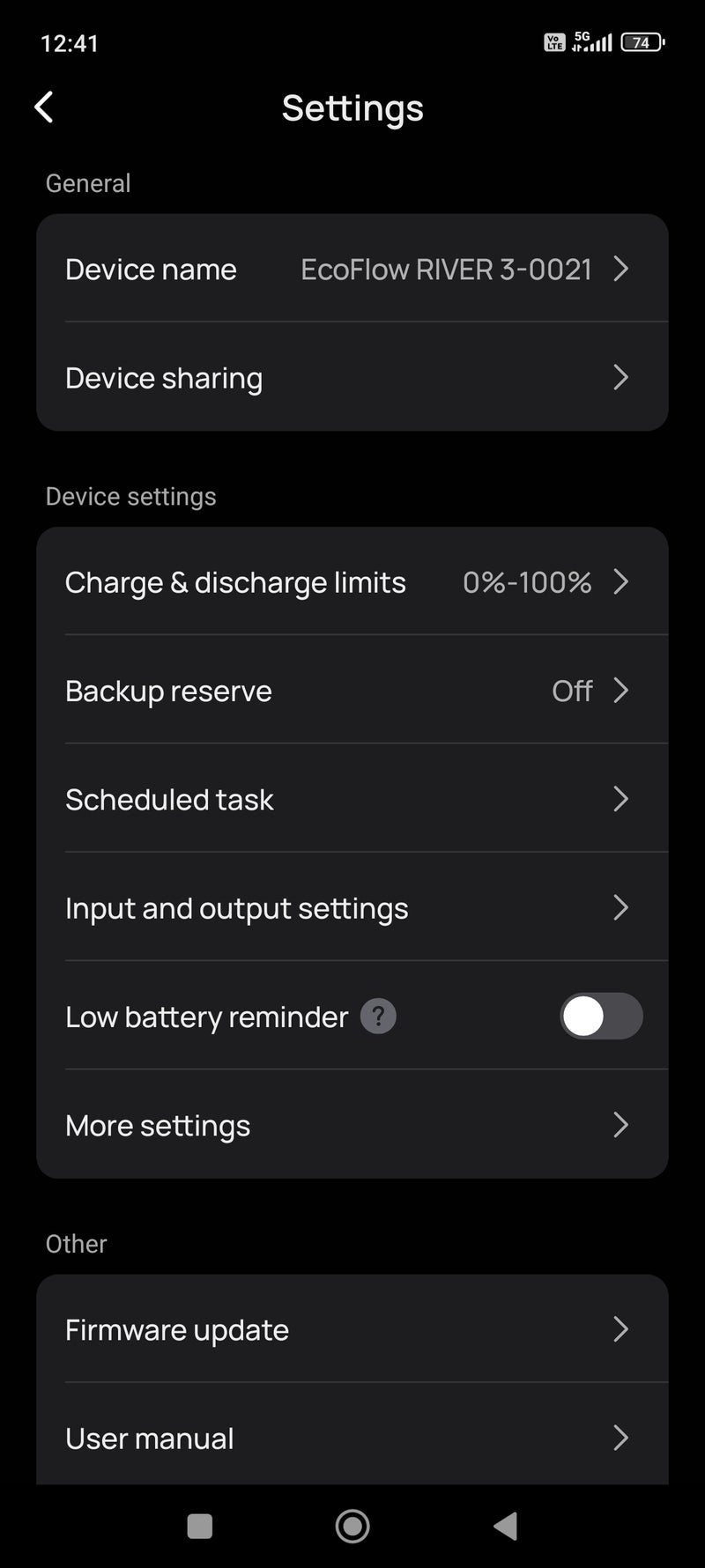
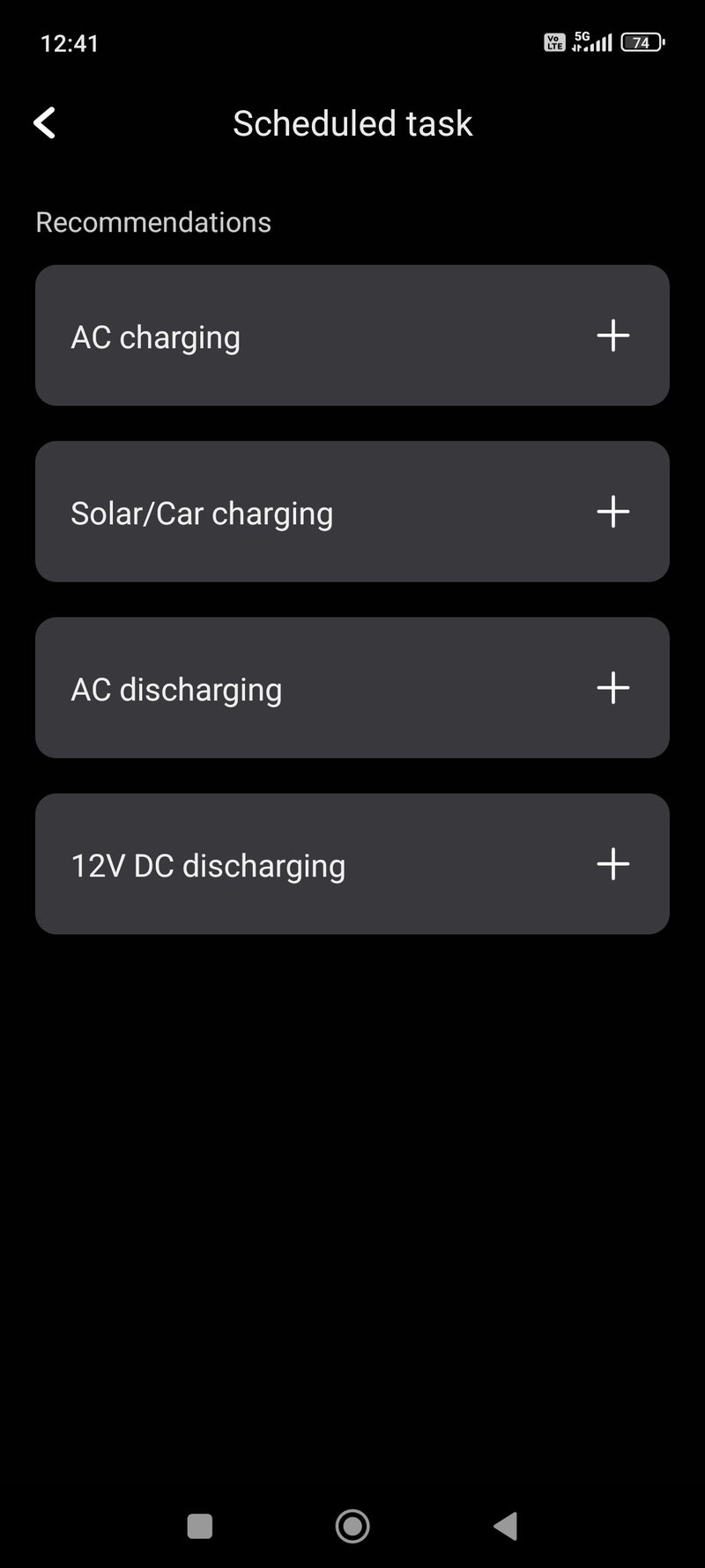
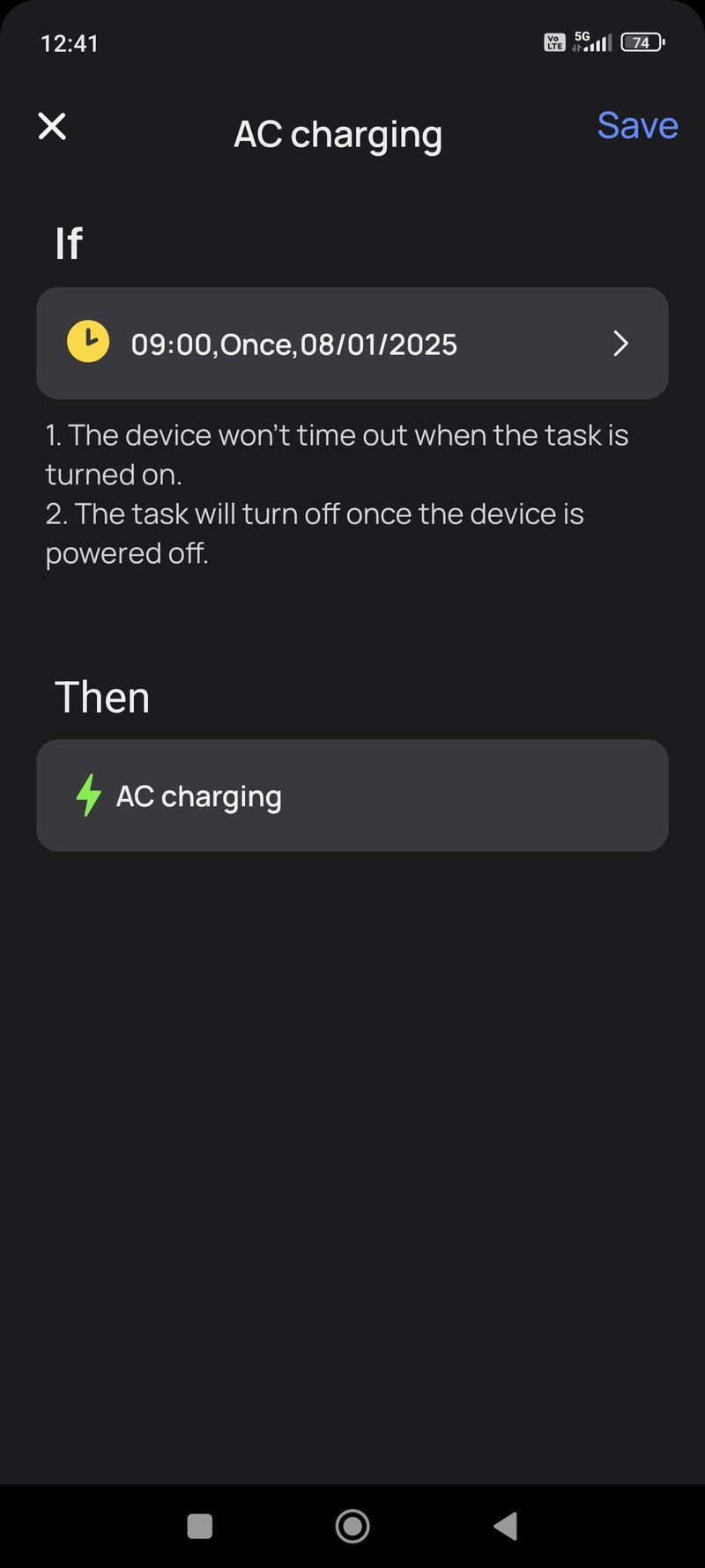
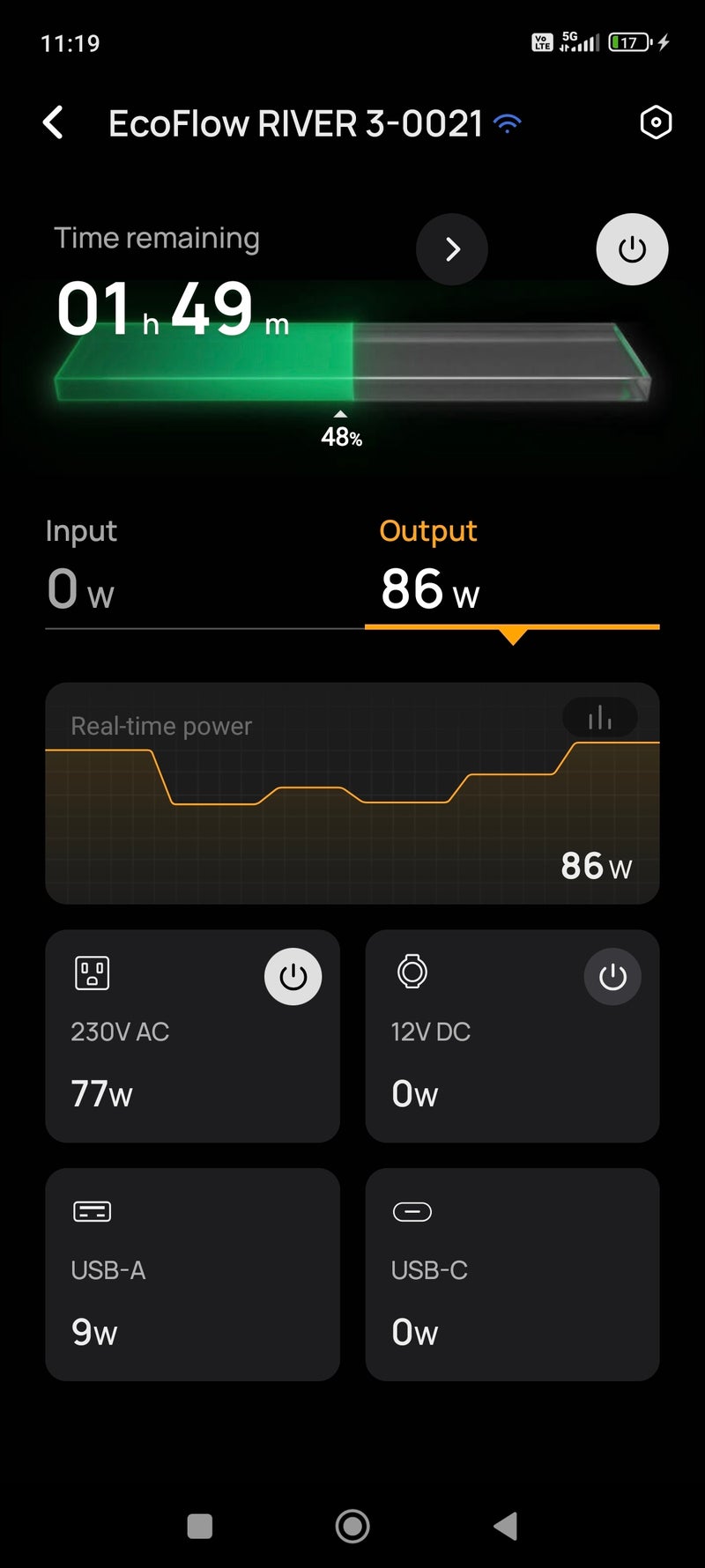





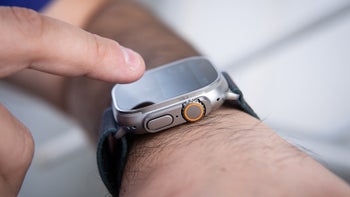
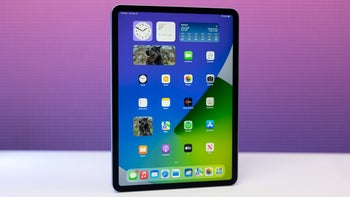



Things that are NOT allowed: